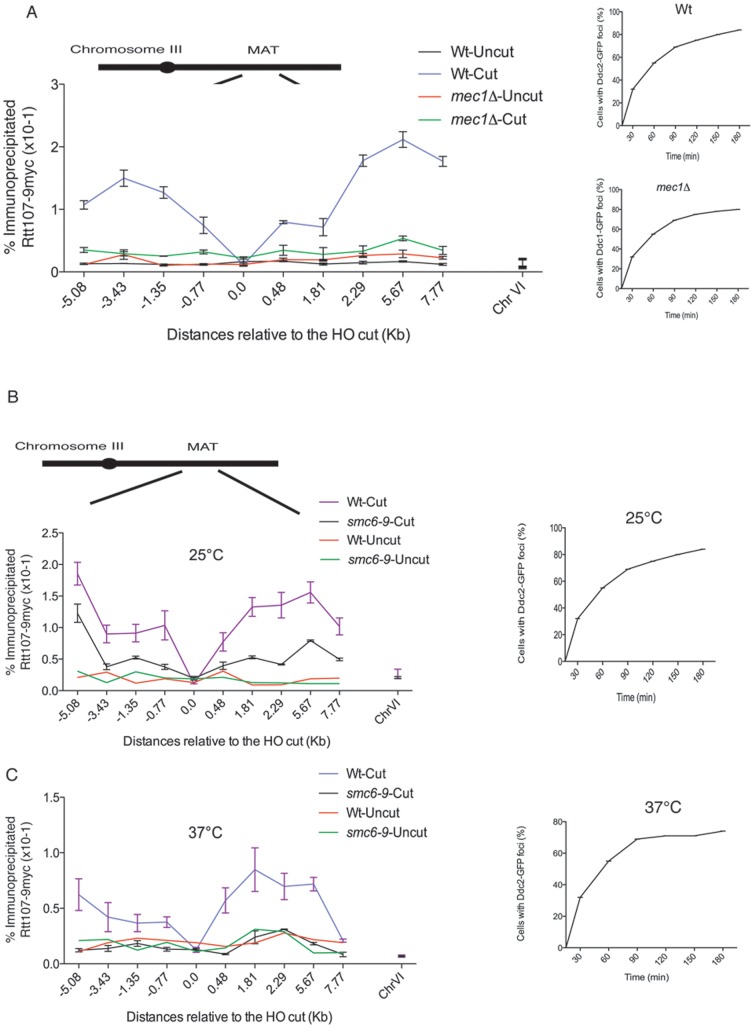Figure 3. Mec1 kinase and the Smc5–Smc6 complex are required for Rtt107 recruitment to induced MAT DSB.
(A) Phosphorylation of Rtt107 upon DNA damage is dependent on the ATR kinase, Mec1. A DSB was induced at the MAT locus in a wildtype strain expressing Ddc2-GFP (CCG6983) and Ddc1-GFP in a mec1Δ mutant (CCG7143) both also expressing Rtt107-9myc. Cells were collected at indicated times after HO induction and scored for formation of Ddc2 and Ddc1 foci. The binding of Rtt107 around the MAT DSB locus on chromosome III was assayed by chromatin immunoprecipitation at the indicated time points, after (cut- 2 hours) and before (uncut) DSB induction. The averages of two independent experiments with the corresponding standard deviation are shown. A locus on chromosome VI was used as a control. (B) Rtt107 enrichment to regions flanking the HO-induced DSB is dependent on the function of the Smc5–Smc6 complex. A DSB was induced at the MAT locus in wildtype (CCG6983) and smc6–9 (CCG6985) strains expressing Ddc2-GFP and Rtt107-9myc tagged at permissive (25°C) temperature. The binding of Rtt107 around the MAT DSB locus on chromosome III was assayed by chromatin immunoprecipitation at the indicated time points, after (cut- 2 hours) and before (uncut) DSB induction in wildtype and smc6–9 cells at 25°C. The averages of two independent experiments with corresponding standard deviations are shown. A locus on chromosome VI was used as a control. (C) Rtt107 enrichment to regions flanking the HO-induced DSB is dependent on the function of the Smc5–Smc6 complex. A DSB was induced at the MAT locus in wildtype (CCG6983) and smc6–9 (CCG6985) strains expressing Ddc2-GFP and Rtt107-9myc tagged at non-permissive (37°C) temperature. The binding of Rtt107 around the MAT DSB locus on chromosome III was assayed by chromatin immunoprecipitation at the indicated time points, after (cut- 2 hours) and before (uncut) DSB induction in wildtype and smc6–9 cells at 37°C. The averages of two independent experiments with corresponding standard deviations are shown. A locus on chromosome VI was used as a control.

